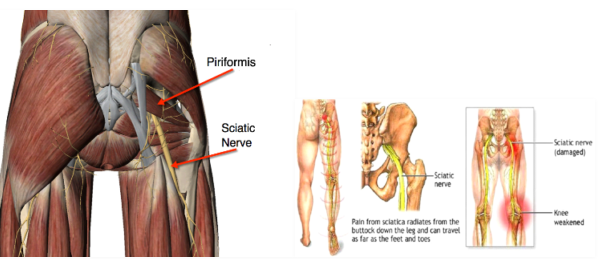We will provide answers to some of the most frequently asked questions about Deep Tissue Massage. For example, how does it work? Does it hurt? What techniques are used? Will it make me taller, slimmer, younger, and will I be able to sail single-handedly around the world afterward? While the answers to most of those questions are, ‘no,’ there are still many benefits to be gained from a Deep Tissue Massage – as we will explain later in the blog.
The picture above shows the basic muscle groups of the body. Only some of the many types of muscles that are treated during a Deep Tissue Massage.
So, just what is a Deep Tissue Massage??
We’re glad you asked!!! Deep Tissue Massage is arguably similar to a relaxation massage, but it is deeper in pressure because it focuses on releasing chronic muscle tension. (The deepest layers of muscle tissue, tendons, and fascia). These are made up of the protective layers around the muscles, bones, and joints. Below is a basic example of what these layers look like. So as you can see, we need to get in their nice n deep to release pain and tension in these areas.
How does Deep Tissue Massage work?
When the muscles are really tense or injured there may be bands of painful stiff tissue – called adhesions or knots. These adhesions result in the following conditions.
- Reduced circulation,
- Increased pain
- Restricting movement
- Inflammation
During a Deep Tissue Massage, the therapist breaks these adhesions to reduce pain and to encourage normal movement. This is usually done either with or without oil and with the application of deep pressure. It is recommended that the client be relaxed while deep tissue treatment is taking place. This allows the therapist to reach the deeper layers of your muscles.
Ouch, sounds painful. Does it hurt?
Generally, a Deep Tissue Massage shouldn’t hurt. However, you may find some discomfort and pain during the treatment, especially if your muscles are extremely sore or stiff or if the level of pressure is outside your pain threshold. If the pressure is too intense, it will cause you to consciously or unconsciously tense up. This will make it more difficult for the therapist to treat the deeper layers of muscle. You MUST tell your therapist if the level of pressure is too intense and you want to break free. Sing out in your best Freddie Mercury voice if you like! … “God knows I want to break free!!” Lol… Yep. I’m a Queen fan. What can I say?




